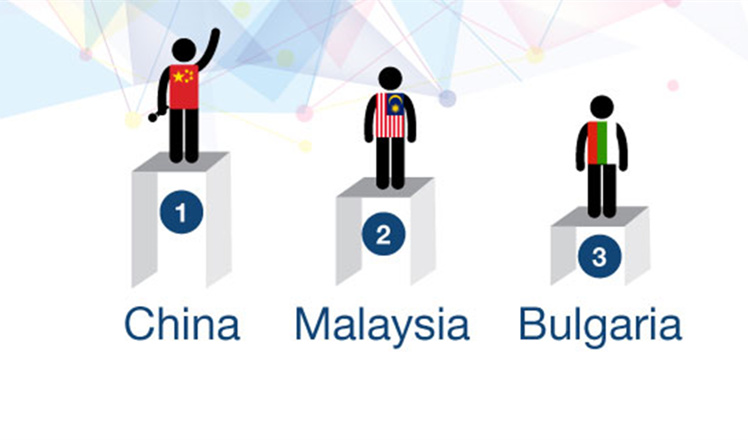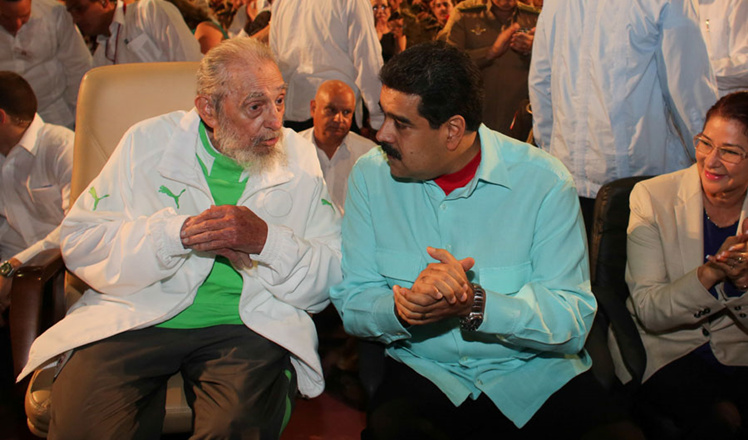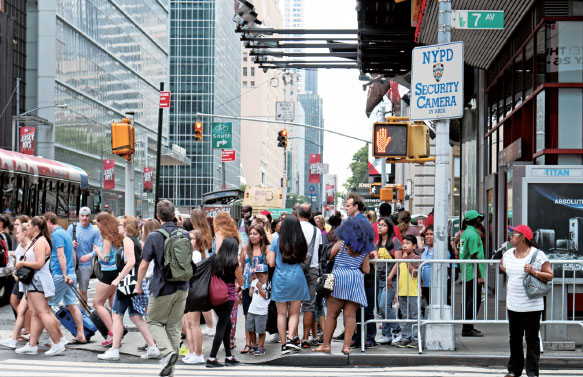Human gridlock clogs NYC's sidewalks
Updated: 2016-08-16 10:51
By Shi Xi in New York(China Daily USA)
|
|||||||||
|
As many as 14,000 people an hour walk on Seventh Avenue near West 34th Street, according to 2015 data from the 34th Street Partnership. Nancy Kong / For China Daily |
And the city known for having virtually anything available at any hour is experiencing a growing problem on that cement: gridlock, human gridlock.
"New York's Sidewalks Are So Packed, Pedestrians are Taking to The Streets", read a recent headline in The New York Times. But it doesn't take a newspaper article to prove it. A walk along any of the major avenues shows it, especially in Midtown Manhattan near the transit hubs of Penn Station and the Port Authority Bus Terminal.
Penn Station - from 31st to 34th Street, between Seventh and Eighth avenues - serves more than 600,000 commuter rail and Amtrak passengers on a weekday. The Port Authority Bus Terminal - from 40th to 42nd Street, between Eighth and Ninth avenues - is the nation's busiest bus station and the world's largest.
Both areas turn into human battlegrounds in the morning and evening rush hours.
"If you don't move fast enough, you will be pushed off the sidewalk," Maria Dumar, a 25-year-old healthcare worker, and a self-pro-claimed New York sidewalk veteran, said about what she has to go through every day when she walks past Penn Station.
How crowded are the sidewalks?
The number of pedestrians depends on time and location. According to a report from the city's transportation department, there are more pedestrians in streets all around the city during the evening rush hours, from 4 pm to 7 pm, than during the morning rush hours of 7 am to 9 am.
As many as 14,000 people an hour walk on Seventh Avenue near West 34th Street, according to 2015 data from the 34th Street Partnership, which oversees the area's business district, according to the Times. And according to a biannual report from the city's transportation department, the block around Penn Station sees 33,102 pedestrians between 4 pm to 7 pm on a normal Wednesday, the highest number in the city.
Other crowded areas are the big tourist attractions of Rockefeller Center on Fifth Avenue and the 50s, and nearby Radio City Music Hall.
The overcrowded streets are making residents and tourists alike go through challenging experiences, the biggest one avoiding being pushed off a sidewalk and into traffic. This year, there have been 55 pedestrian fatalities, down from 79 for the same period in 2013.
"One time my hair got pulled by an umbrella. It hurt so much that I almost cried out, but the owner just kept walking. There are way too many people," said Dumar.
"If I don't run into people the entire day in New York, I would call it a miracle," said Susanne Carlos, 58, who lives and works in New York.
Some New Yorkers blame the crowded sidewalks on the huge number of tourists in the city.
This year, 59.7 million of them will visit the city, sharing sidewalks with 8.5 million residents. The billions of dollars they spend is welcomed by everyone, but not the lack of street etiquette displayed by some.
They don't walk fast enough; they meander as they text on their smartphones; they stand in the middle of a sidewalk to take selfies or photos of surrounding high-rises; or they just gawk at window displays.
"They walk really slowly and they don't know where they are going," said Dick Tan, who said he has lived and worked in the city for six years. "People here will do anything to get to places, and I have been shoved off the sidewalk," he said.
Greg Heim, an NBC employee who works on Sixth Avenue, one block from Fifth Avenue, echoed the complaint.

"During the holidays and the summer, tourists block the sidewalk for people who are trying to get to their jobs, and they can especially be a problem when you are rushing to catch a bus in the morning or after work," he said.
"Everybody, tourists or locals alike, has the right to be on the road. It's just a matter of civil behavior. If you are taking a picture, just move to the side and let people go by, then everybody will be happy," said Heims, 20.
"Tourism should be controlled to an extent so local people can walk without being bothered by them," said Carlos.
As for the tourists, some say the overwhelming number of pedestrians make New York a cosmopolitan mecca and are themselves a tourist attraction. Allen Wang, a college student from California, said cramped sidewalks gave him a very "NYC moment".
The congestion hasn't escaped the attention of city officials. More pedestrian plazas are being added in Manhattan, and sidewalks are being widened in such crowded areas as Flushing, Queens.
Scott Gastel, a spokesman for the city's transportation department, told The Times that it had conducted research into pedestrian behavior at crosswalks and had monitored pedestrian volumes at 100 street locations to track long-term trends in neighborhood commercial corridors.
Despite concerns about tourists contributing to overcrowded sidewalks, Mitchell L. Moss, director of the Rudin Center for Transportation Policy and Management at New York University, told the Times that a crowded sidewalk is a sign of vitality.
"During the 1970s, people used to avoid sidewalks in the East Village and other neighborhoods as they feared criminals and felt safer walking out in the open, down the middle of a street," said Moss. "Today, people want to be in New York, and sidewalk is one part of this city."
Yanchao Wang from Shanghai, who was visiting her son who goes to college in the city, said that it was her first time in the US and that she was still getting used to the city.
As for the sidewalks: "It is crowded but I don't feel bothered by it as I'm very used to seeing scenes like this in some places in Shanghai," she said. "Staying here [in the Times Square area] is like being back in China, just with different languages spoken around me."
Nancy Kong, Judy Zhu, and Fengqiao Chen in New York contributed to this story.
- Comfort women's 71-year wait for justice and apology
- China denounces Japanese cabinet members' visit to Yasukuni Shrine
- China inches up Global Innovation Index 2016
- China launches the world's first quantum communication satellite
- Shanghai's two airports add security
- Nanjing begins WWII 'comfort stations' survey
- Premier Li to receive Aung San Suu Kyi
- S Korean president names 3 new ministers for partial reshuffle
- 1 dead, 2 injured in explosion in S Korean naval base
- 29 people killed in two separate bus accidents in Nepal
- Fifteen sets of twins from same area prepare for school
- Beach dedicated to dogs opens in Croatia

 British dad turns breakfast into work of art
British dad turns breakfast into work of art
 China inches up Global Innovation Index 2016
China inches up Global Innovation Index 2016
 Female soldiers on Frigate Jingzhou
Female soldiers on Frigate Jingzhou
 Synchronized swimming duo advances into final
Synchronized swimming duo advances into final
 Beach dedicated to dogs opens in Croatia
Beach dedicated to dogs opens in Croatia
 Top 10 tech billionaires worldwide
Top 10 tech billionaires worldwide
 Castro, 90, offers thanks on birthday, slams Obama
Castro, 90, offers thanks on birthday, slams Obama
 Romantic ending for Olympic diving lovebirds
Romantic ending for Olympic diving lovebirds
Most Viewed
Editor's Picks

|

|

|

|

|

|
Today's Top News
Trump outlines anti-terror plan, proposing extreme vetting for immigrants
Phelps puts spotlight on cupping
US launches airstrikes against IS targets in Libya's Sirte
Ministry slams US-Korean THAAD deployment
Two police officers shot at protest in Dallas
Abe's blame game reveals his policies failing to get results
Ending wildlife trafficking must be policy priority in Asia
Effects of supply-side reform take time to be seen
US Weekly

|

|










